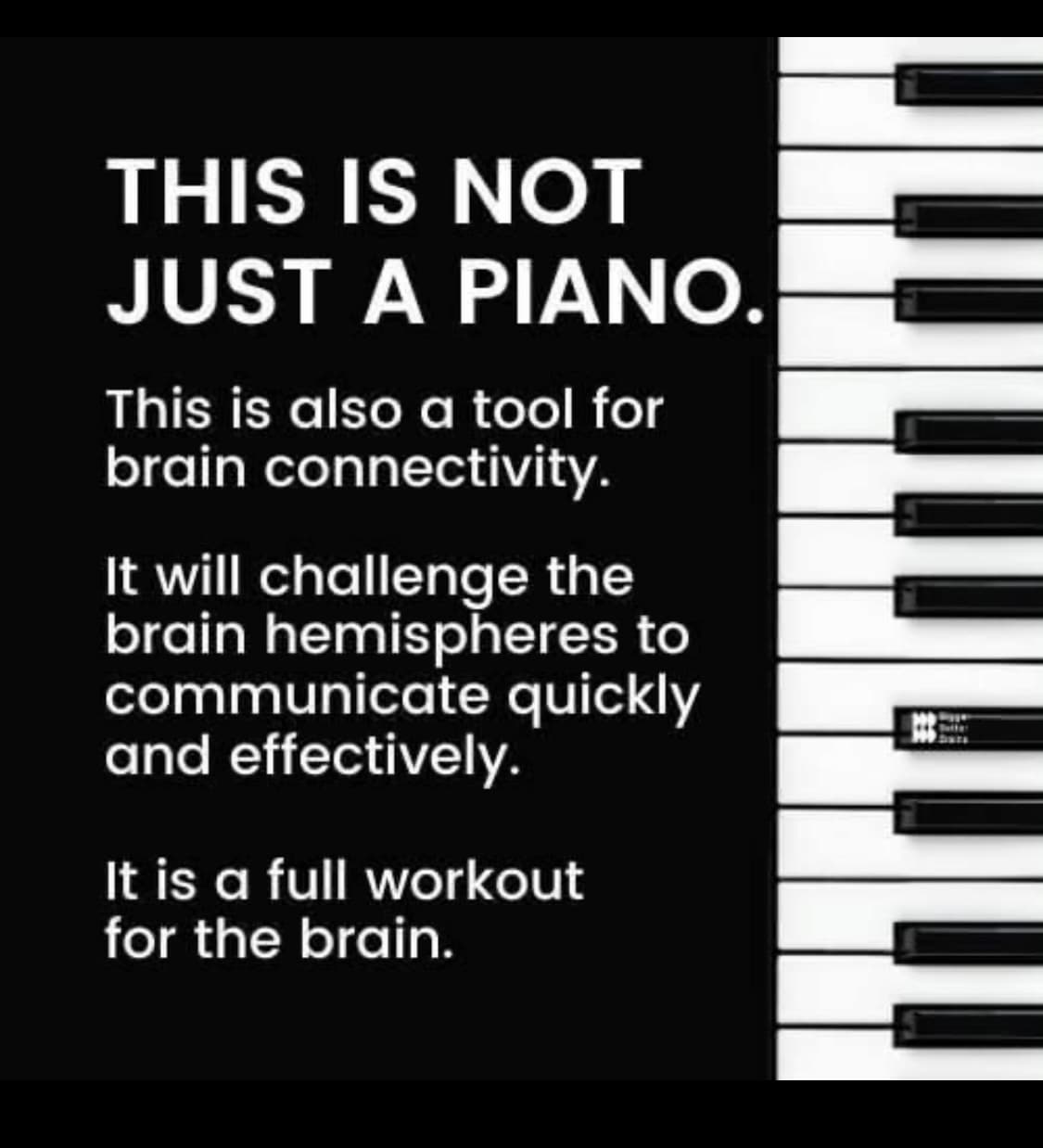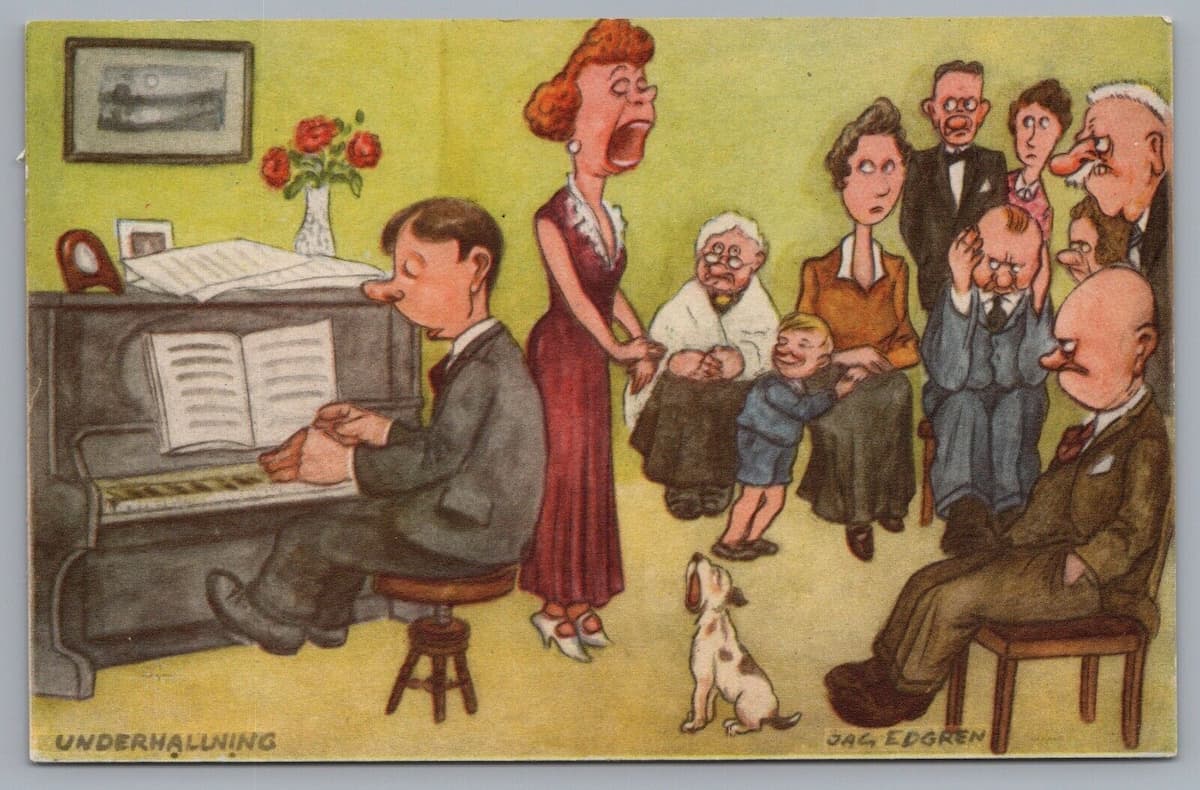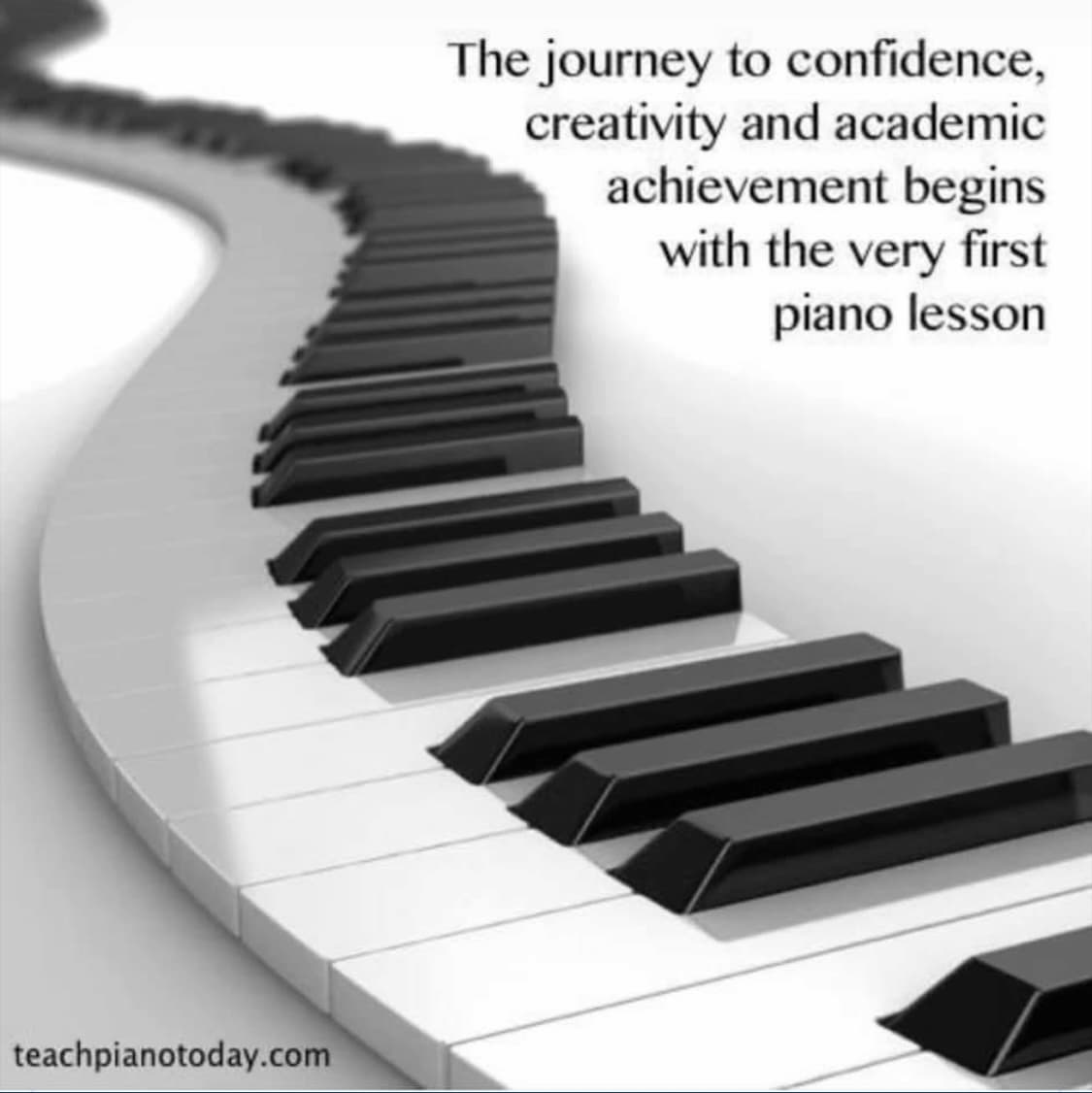Once a status symbol for middle-class families, pianos are now nearly impossible to even give away. It’s true that an old piano is costly to move and pricey to refurbish, but I was viscerally distressed to read how many pianos are consistently trashed. Not so long ago many working-class homes had upright pianos in their homes and learning to play the piano was considered an important skill.

This stems from the 1800s when musical gatherings in private homes became all the rage and attracted even the virtuosos of the day such as Frédéric Chopin and Franz Liszt. The fascination with parlor music prompted owning a piano and taking lessons. Being able to play the piano was a crucial attribute, especially for a young lady. One only needs to hear a few of these transcendent piano works to drift into the spheres.
Frédéric Chopin: Impromptu No. 3 in G-Flat Major, Op. 51 (Mieczysław Horszowski, piano)
Once the phonograph developed and performances in concert halls became available to all audiences, the opportunities to hear music increased. But still experiencing chamber music as it was intended, in an intimate setting, never went out of fashion. Several composers wrote for the piano in a progressive fashion—easier to more difficult pieces—delightful pieces such as Clementi’s Piano Sonatas and contemporary compositions such as Castle in the Air by Wynn-Anne Rossi. Her Fingerless Glove Recording Project is a playful celebration of pianists performing the music of the Minnesota composer showing the players in colorful fingerless mitts! The levels of the pieces range from elementary to advanced solos, duets, and trios and the pianists range from young students to seasoned adults. They not only sound lovely but are manageable by novices.
Muzio Clementi: 6 Piano Sonatas, Op. 25: No. 5 in F-Sharp Minor – I. Piùttosto allegro con espressione (Balázs Szokolay, piano)
Wynn-Anne Rossi: Castle in the Air
The enormous benefit of learning a musical instrument is not simply for the pleasure music brings to every setting, be it for celebration, commemoration, or consolation. Playing an instrument is a full workout for the brain. A music student will develop important life skills few other activities cultivate such as creativity, confidence, coordination, communication, and perseverance, as well as cooperation, collaboration, and lifelong friendships. Because schools have focused more on academics and less on music instruction, it has become the responsibility of the parent alone. Those who cannot afford instruments and lessons are left behind. Music literacy has been diminished.

In this article we’ll focus on piano or keyboard learning and next time, the many additional benefits of involvement in musical groups.
The repertoire for the piano is massive and sublime and for both amateurs and professionals. Composers have continued to write for the solo piano, lovely works such as those by Lili Boulanger, and by Florence Price.
Lili Boulanger: D’un vieux jardin (Cristina Ariagno, piano)
Lili Boulanger: D’un jardin clair (Cristina Ariagno, piano)
Florence Price: Piano Sonata in E Minor – III. Scherzo (Michael Lee, piano)
Most parents who want their kids to learn the piano do have the option of the lesser expensive option of purchasing an electric keyboard. They might be surprised to be told that a 3 octave non-touch sensitive keyboard doesn’t have the same sound or “feel” of an actual piano. But there are advantages of learning on a keyboard.
During lockdown, a friend of mine was teaching around 35 students online every week. He said, “I was able to see and hear them on their home pianos. 12 were acoustic pianos but only 1 of them was even close to being in tune. Whenever the students played C together it was quite a collision! The students using digital pianos were perfectly in tune and there are obvious advantages to being able to wear headphones. I had them play Bach on a ‘harpsichord’, Beethoven with ‘orchestra’ sounds, jazzy pieces on a ‘Wurlitzer’, or jazz in a ‘Rhodes’ sound. Many used the “MuseScore4.” This is a free software that connects to your piano, and as you play, the notes appear on the screen as notation. I had students write their own music including 4-5-6-year-olds and they learned so much music theory – about keys (Major=happy, minor=sad, Dorian = medieval/metal, Lydian = peaceful…) and they learned how to notate in treble and bass clef.

When we use apps like the wonderful “SessionBand” we can create simple backings and then record the performances. Sometimes I would have the student add a poem or quote or get a fun photo from unsplash.com and print their music like a professional score. What a wonderful thing to be able to send to grandparents in Australia, Scotland, or the US! This took place on zoom but after lockdown, the students used these recordings for “show and tell!”
It’s possible to compose on an acoustic piano, of course, but it’s so much easier to be able to play your song on the keyboard and have the computer handle the notation, which allows the child to focus on the creativity aspect. I personally use a Roland LX-706 digital. It looks exactly like an upright piano; the action feels more like a grand than most uprights; the keyboard never needs tuning, and students can use a range of apps to help master sight-reading, scales, and improvisation.”
https://www.roland.com/global/
https://www.roland.com/global/promos/gp_series/
Have a look at the many mesmerizing examples online to help students learn. Listen to these wonderful works on the keyboard!
Chopin: Fantasie-Impromptu
Morceau de salon – Étude de perfectionnement, S.142 – Franz Liszt
When a keyboard is not an option for families, there are several methods of learning music through singing and movement. The Kodály Method and Orff Approach (Orff-Schulwerk) jump to mind. Both are approaches used to give music education to youngsters. Hungarian composer Zoltán Kodály firmly believed all children can and should learn music as a right. To Kodály, singing is the foundation of musical learning. Everyone can learn how to sing through a simple method — while focusing on hand signals and incorporating games, movements, and songs. Rhythmic movements such as walking, running, marching, and clapping introduce rhythmic concepts. The Orff method, developed by composer Carl Orff, combines music, movement, drama, and speech into lessons through imitation, exploration, improvisation, and composition, while making music by playing percussion instruments.
The most important thing for parents to understand is that all the above-mentioned learning benefits can be made available to every child in addition to the lifelong pleasure of opening the door to musical experiences in the future. In the next article, we will explore the magic of musical ensemble playing.
For more of the best in classical music, sign up for our E-Newsletter

